New Publication: Raman Spectroscopy, DFT, and Machine Learning—A Combined Approach for Differentiating PFAS Compounds
- Yiping Zhao
- May 28
- 2 min read
We’re excited to share our latest work published in Journal of Hazardous Materials, titled:👉 “Experimental Raman Spectra Analysis of Selected PFAS Compounds: Comparison with DFT Predictions”Read the article here: https://doi.org/10.1016/j.jhazmat.2025.138704
This study investigates how Raman spectroscopy—combined with quantum-level modeling and unsupervised machine learning—can be used to differentiate nine structurally distinct per- and polyfluoroalkyl substances (PFAS). These persistent environmental pollutants are widely used but difficult to identify due to their structural similarity and spectral overlap.
🔍 Why It Matters
PFAS contamination poses a serious threat to ecosystems and public health. Detecting and identifying specific PFAS compounds is a key step in environmental monitoring and remediation efforts. Our approach demonstrates:
Reliable identification of PFAS using bulk Raman spectra
Precise peak assignments through DFT modeling
Classification of structurally similar PFAS using unsupervised learning (PCA, t-SNE)
Potential to build a reference spectral library for PFAS fingerprinting
🧠 The Technical Innovation
We profiled the Raman spectra of nine PFAS molecules—including PFOA, PFNA, and PFHxS—and used density functional theory (DFT) to predict vibrational modes. These theoretical spectra were validated against experimental data to confirm specific functional group contributions and chain-length-dependent vibrational trends.
We further applied PCA and t-SNE to visualize and cluster spectral data. While PCA showed strong grouping based on functional similarity, t-SNE revealed detailed trends linked to chain length and molecular structure—especially valuable for distinguishing compounds with subtle differences.
📈 Spectral and Structural Insights
Systematic Raman peak shifts correlate with increasing PFAS chain length
Functional group effects (e.g., COOH, SO₃H, SO₂N) introduce unique spectral signatures
Experimental and DFT spectra show strong agreement, with RMSD values of 3.4–8.6 cm⁻¹
Chain-length trends were captured across low, medium, high, and ultra-high wavenumber regions
These findings help clarify how structural variation shapes Raman spectra—critical for interpreting environmental or SERS-based PFAS detection.
💡 Why This Approach Is Different
Most previous studies on PFAS Raman spectra lacked theoretical validation or were limited by weak peak features. Our work:
Combines high-quality experimental spectra with DFT-calculated mode assignments
Demonstrates machine learning-based classification of PFAS, even among similar compounds
Provides clean, high-resolution spectra suitable for training AI-driven PFAS detection tools
🔬 PFAS Compounds Analyzed
Carboxylic group series: PFBA, PFHpA, PFOA, PFNA, PFDA, PFDoA
Other functional groups: PFHxS (sulfonate), 3:3 FTCA (short-chain COOH), NEtFOSE (sulfonamide + ethoxy)
Together, these compounds cover a broad spectrum of PFAS types found in consumer products and contaminated environments.
🔭 Looking Forward
This foundational study provides reference-quality Raman spectra for common PFAS and shows how data-driven methods can enhance molecular classification. Potential next steps include:
Extending the Raman-DFT-ML framework to surface-enhanced Raman spectroscopy (SERS)
Developing portable Raman tools for field monitoring
Creating spectral libraries to support EPA Draft Method 1633 implementation
📌 Citation: Kumar, A.; Rothstein, J.C.; Chen, Y.; Zhang, H.; Zhao, Y. Experimental Raman Spectra Analysis of Selected PFAS Compounds: Comparison with DFT Predictions. Journal of Hazardous Materials, 2025. DOI: 10.1016/j.jhazmat.2025.138704






Comments